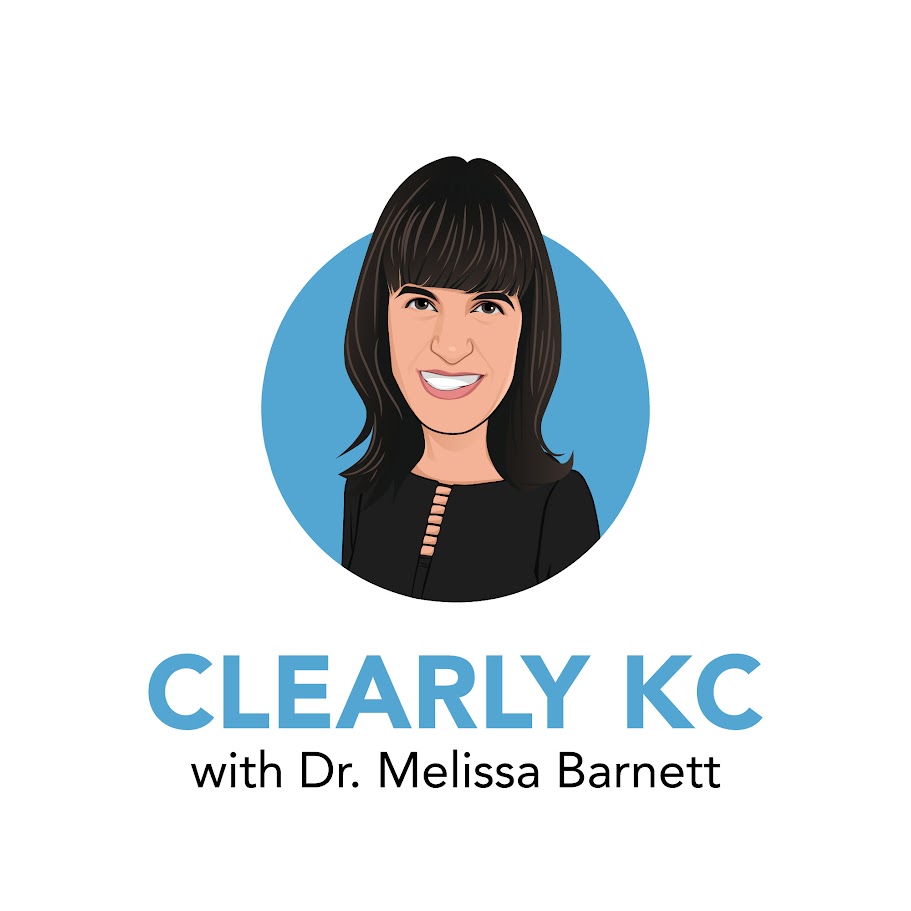KC and Down syndrome: More Research Needed

Higher Order Aberrations
March 14, 2024
Contact Lenses after Corneal Transplant
April 3, 2024Originally published in NKCF Update (February 2024).
Individuals born with Down syndrome (DS) face a multitude of health issues. Eye problems and vision disorders are especially common: studies estimate about a quarter of individuals with Down syndrome also have keratoconus.
A paper just published by Spanish researchers concludes that individuals with Down syndrome have a distinct keratopathy (disease of the cornea) that is related, but slightly different from ‘classic’ keratoconus.
Using corneal thickness maps, aberrations, apex measures and other data, scientists were able to construct 2-D models of corneas from DS patients with and without keratoconus and compare these to 3-D cornea models of typical keratoconus patients.
Individuals with DS and keratoconus had a more prominent cone on the front of the cornea than keratoconus patients without DS. On the back or posterior of the cornea, patients with DS did not seem to have as much thinning and displacement as those with keratoconus who did not have DS.
Is this important?
 In a recent Clearly KC podcast, Dr. Ann Ostrovsky MD of Greenville, NC shared one challenge of managing keratoconus in the DS population. “Their corneas” she said, “tend to be thinner, steeper and have a lower rigidity than typical corneas.”
In a recent Clearly KC podcast, Dr. Ann Ostrovsky MD of Greenville, NC shared one challenge of managing keratoconus in the DS population. “Their corneas” she said, “tend to be thinner, steeper and have a lower rigidity than typical corneas.”
She also noted that understanding what a normal cornea looks like in a patient with DS is important for eye doctors. The equipment that doctors use to diagnose keratoconus will ‘flag’ abnormal corneas using built-in algorithms based on scans from thousands of normal and irregular corneas. But the equipment cannot easily determine what a normal or a keratoconic cornea looks like in an individual with DS because databases from the DS population have not been established. She said on the podcast, “We are looking at corneas in patients with Down syndrome that are not normal corneas and comparing them to normal corneas of typical patients. That can create problems in diagnosis and following these patients to see if there’s been disease progression.”
Dr. Ostrovsky advised that crosslinking is an effective treatment that should be considered for individuals with Down syndrome who are diagnosed with progressive disease. The procedure can take place in the office if the patient is highly functioning, or can be scheduled as an inpatient procedure if patient compliance is unreliable.
The important takeaway is that keratoconus, or a keratoconus-related condition, is common among individuals with DS and these individuals need regular eye exams and close monitoring for changes to their vision or the shape and thickness of their cornea.
Reference: Toprak I, Cavas F, Velazquez JS, et al, A three-dimensional morph-volumetric similarity study of Down syndrome keratopathy vs. keratoconus, Eye & Vision, 10:4, doing:10.1186/s40662, 2023.
 Dr. Ann Ostrovsky MD is the Chief of Ophthalmology at ECU Health in Greenville, North Carolina. A graduate of Albany Medical College, she completed her ophthalmology residency at Mt. Sinai School of Medicine in NYC and fellowship in cornea disease at New York Eye and Ear Infirmary. Until 2023, Dr. Ostrovsky was a member of the teaching faculty of NYU Langone Medical Center where she led their Keratoconus Program and was co-founder of T-21, a multidisciplinary program for patients with Down syndrome.
Dr. Ann Ostrovsky MD is the Chief of Ophthalmology at ECU Health in Greenville, North Carolina. A graduate of Albany Medical College, she completed her ophthalmology residency at Mt. Sinai School of Medicine in NYC and fellowship in cornea disease at New York Eye and Ear Infirmary. Until 2023, Dr. Ostrovsky was a member of the teaching faculty of NYU Langone Medical Center where she led their Keratoconus Program and was co-founder of T-21, a multidisciplinary program for patients with Down syndrome.
 To hear more about KC and Down syndrome, listen to Episode 20, Clearly KC podcast with Dr. Melissa Barnett OD and guest Dr. Ann Ostrovsky MD.
To hear more about KC and Down syndrome, listen to Episode 20, Clearly KC podcast with Dr. Melissa Barnett OD and guest Dr. Ann Ostrovsky MD.



